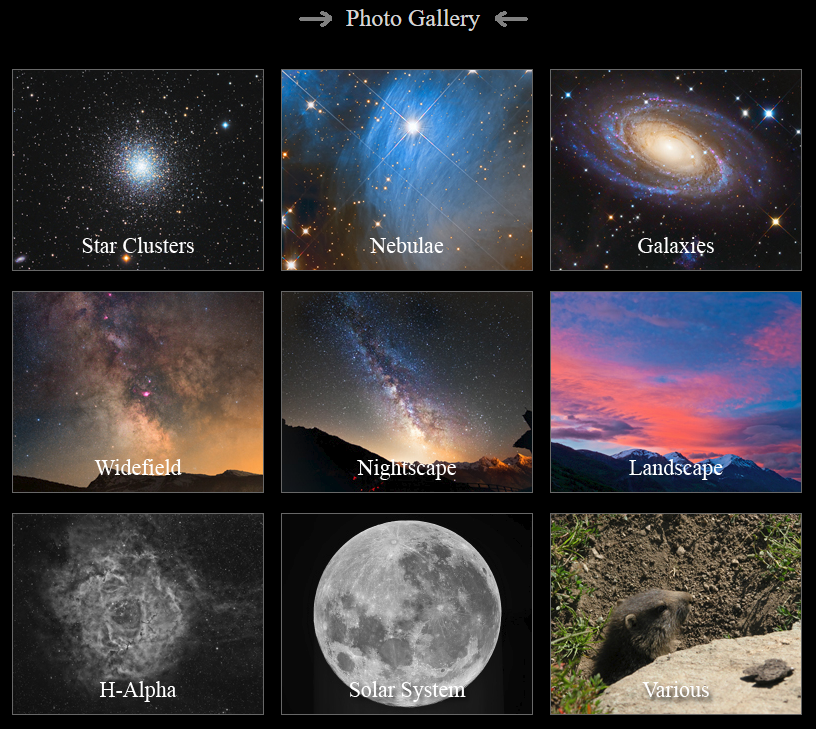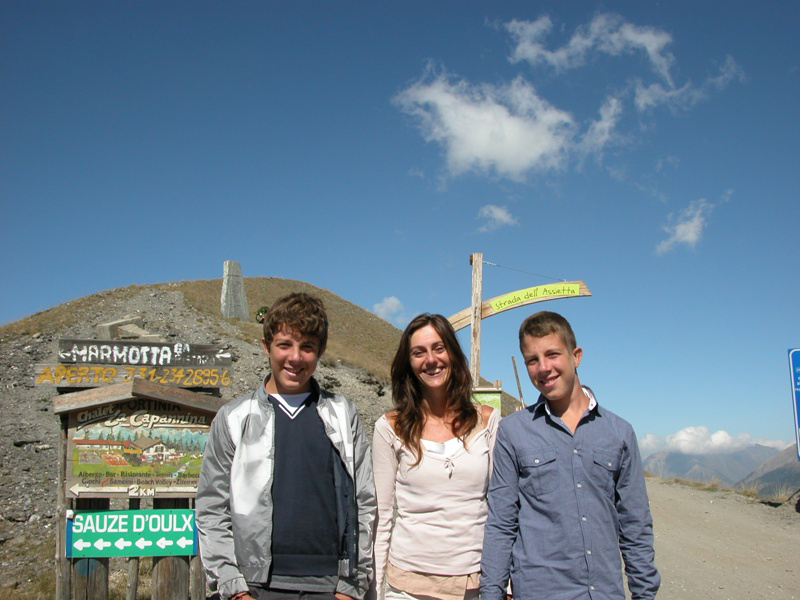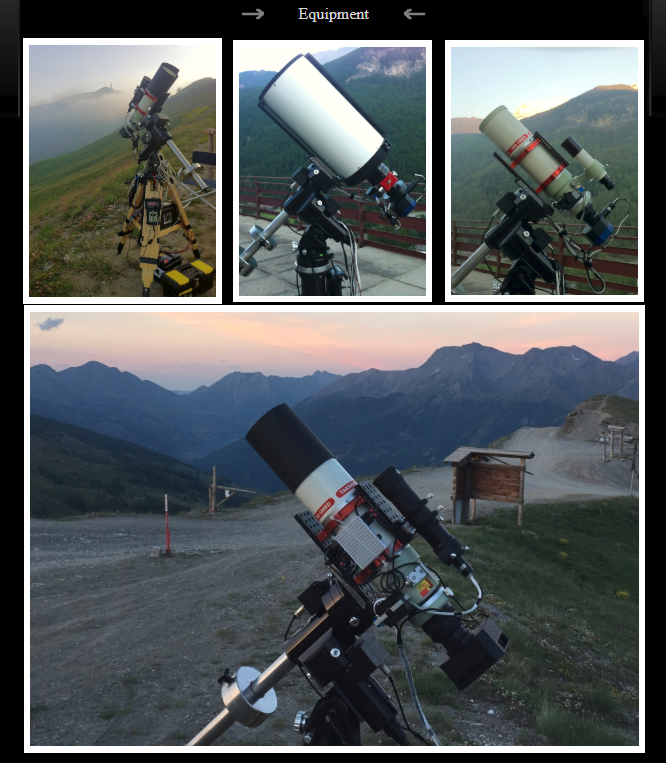Leonardo Orazi
Leo is the award-winning astrophotographer and professional software developer behind Voyager and Viking. Rowland took a few minutes away from building the website to have a discussion with Leo about his love of astrophotography and what drove him to develop Voyager with such a focus on reliability.
RA: Leo, tell us how you got interested in astrophotograhy and how long you have done it?
Leo: I started when I was seven years old looking at Space 1999 science fiction. After this my mother gave me an Atlas of the Universe where i saw my first astrophotography from the famous telescope at Palomar Observatory.
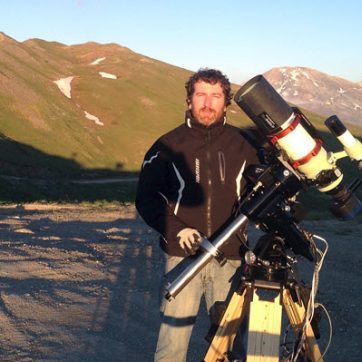
One of my images was used for a Scientific American cover, in the annual RASA prize award.
Leo: I looked at what was available to use before deciding to write anything. I needed some features that were not included in any existing software, so I wrote email after email asking people if they would add those features, but no one would do them.
I decided to write Voyager for astrophotographers like me who need to travel to take their images. We need assurance that after spending the time and money to travel, we wouldn’t lose their night’s work due to one of the many problems that can happen with our complex hobby. And I realized that same reliability was important whether you travel or not!
This is the same approach taken for the real-time OS systems I build in my professional work. These systems cannot stop running without serious consequences, so the software is written to prevent that.
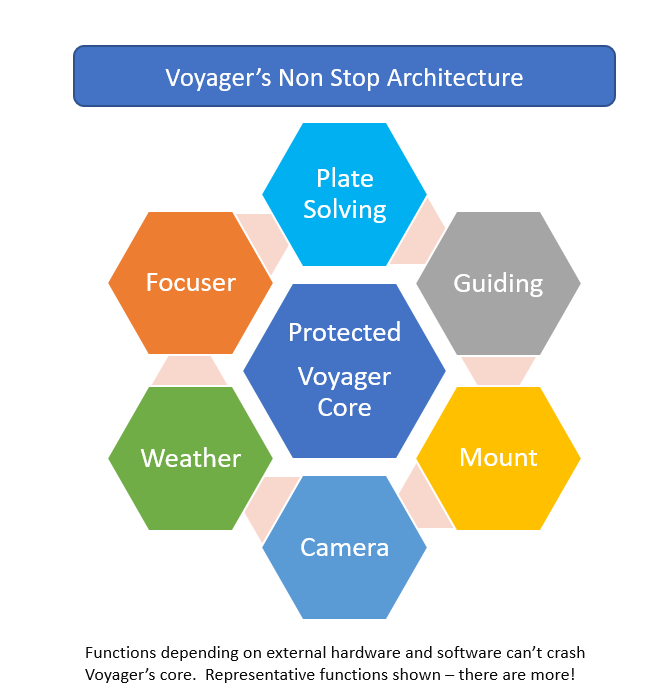
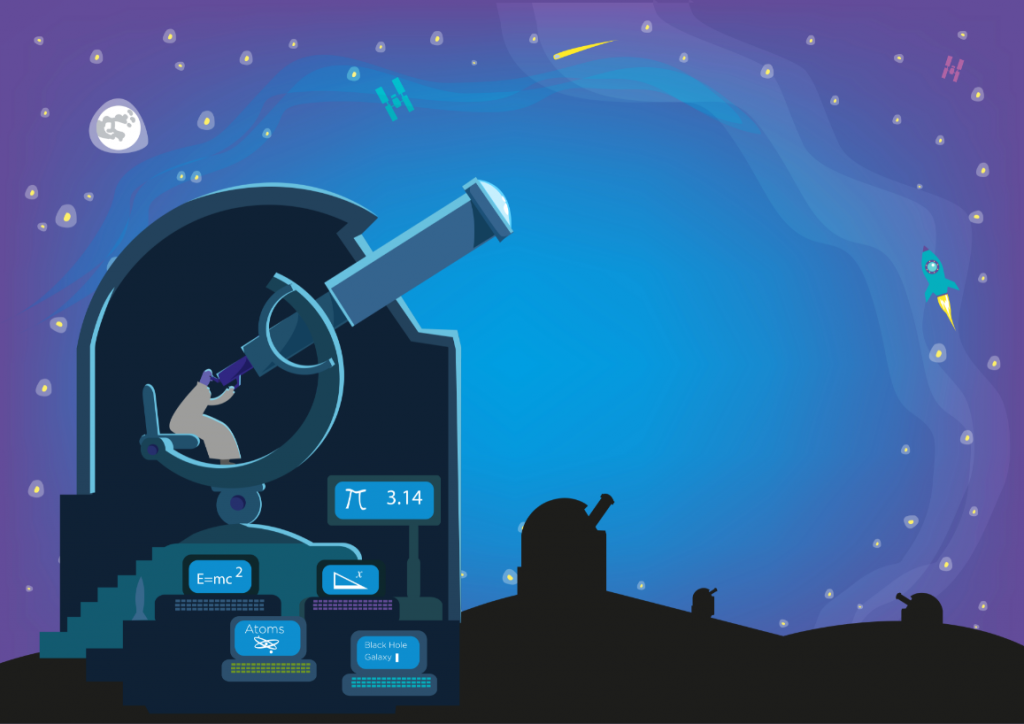
Ready for Reliable Imaging with Leo's Software?
Get the 45 Day Free Trial
Fill out the form below. We will confirm your email and send you a link to download a 45 Day fully functional free trial version of Voyager. If you decide to Buy Voyager we will send you a license file so you can continue using your copy of Voyager – no need to reconfigure anything
